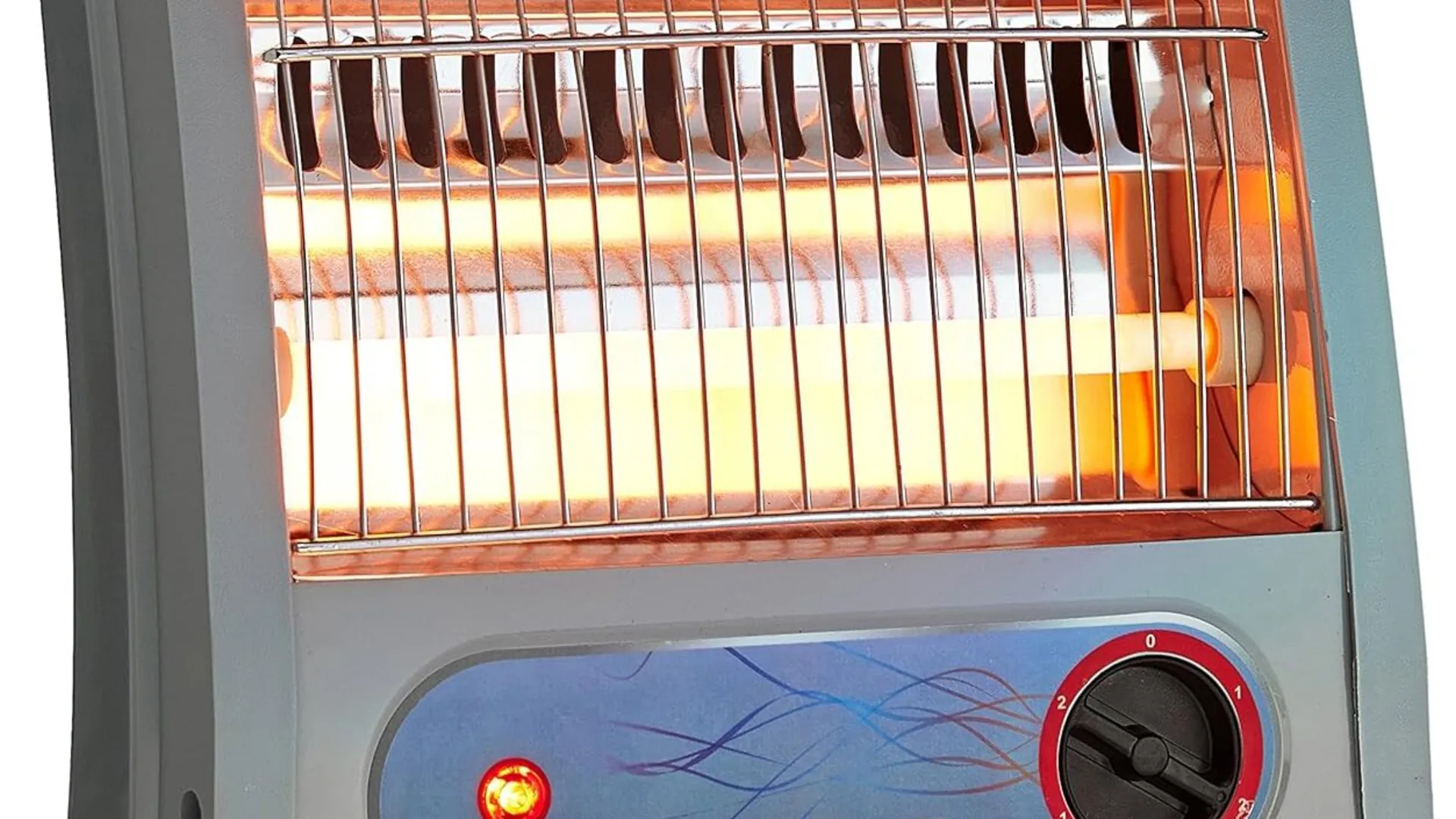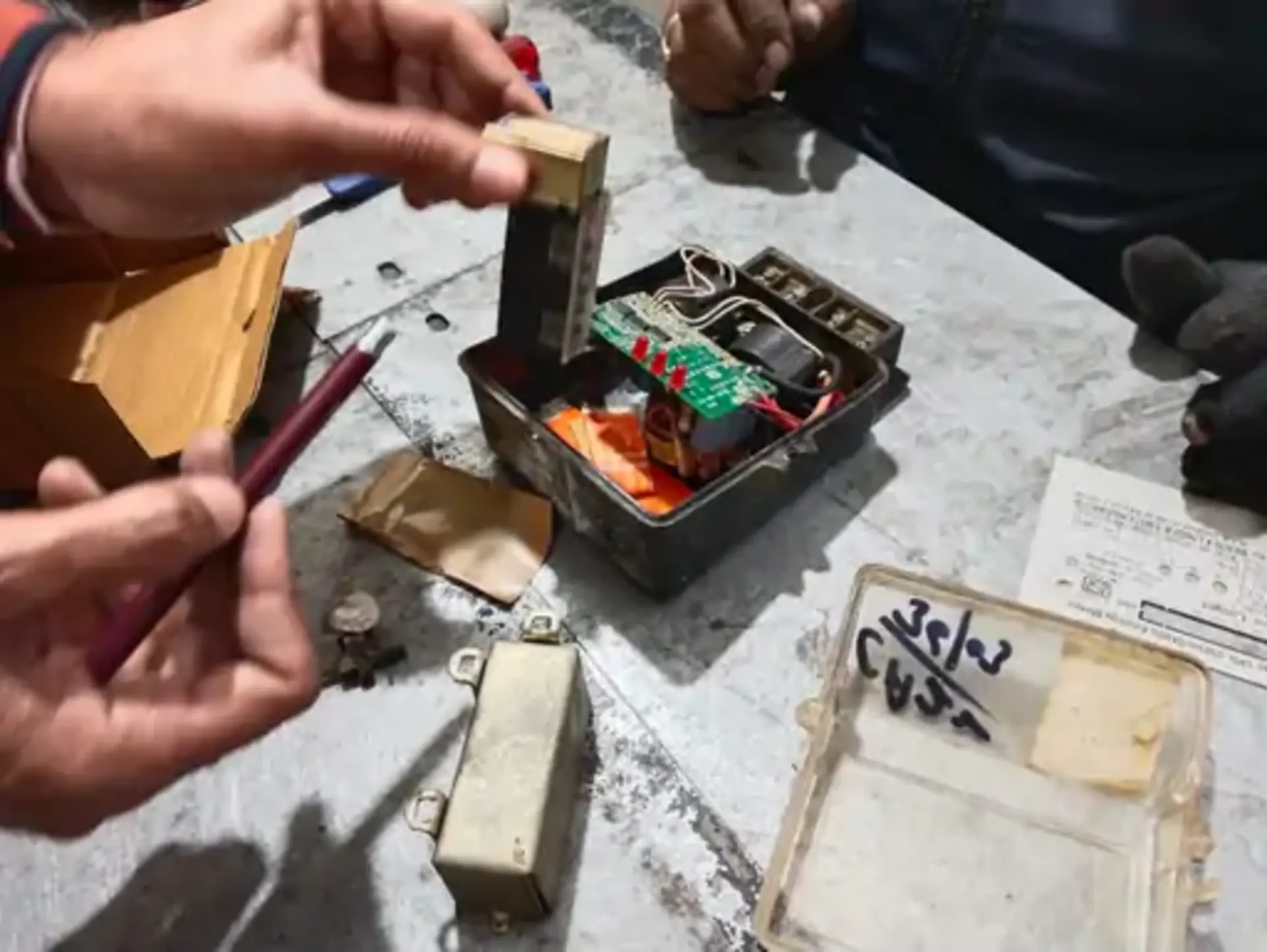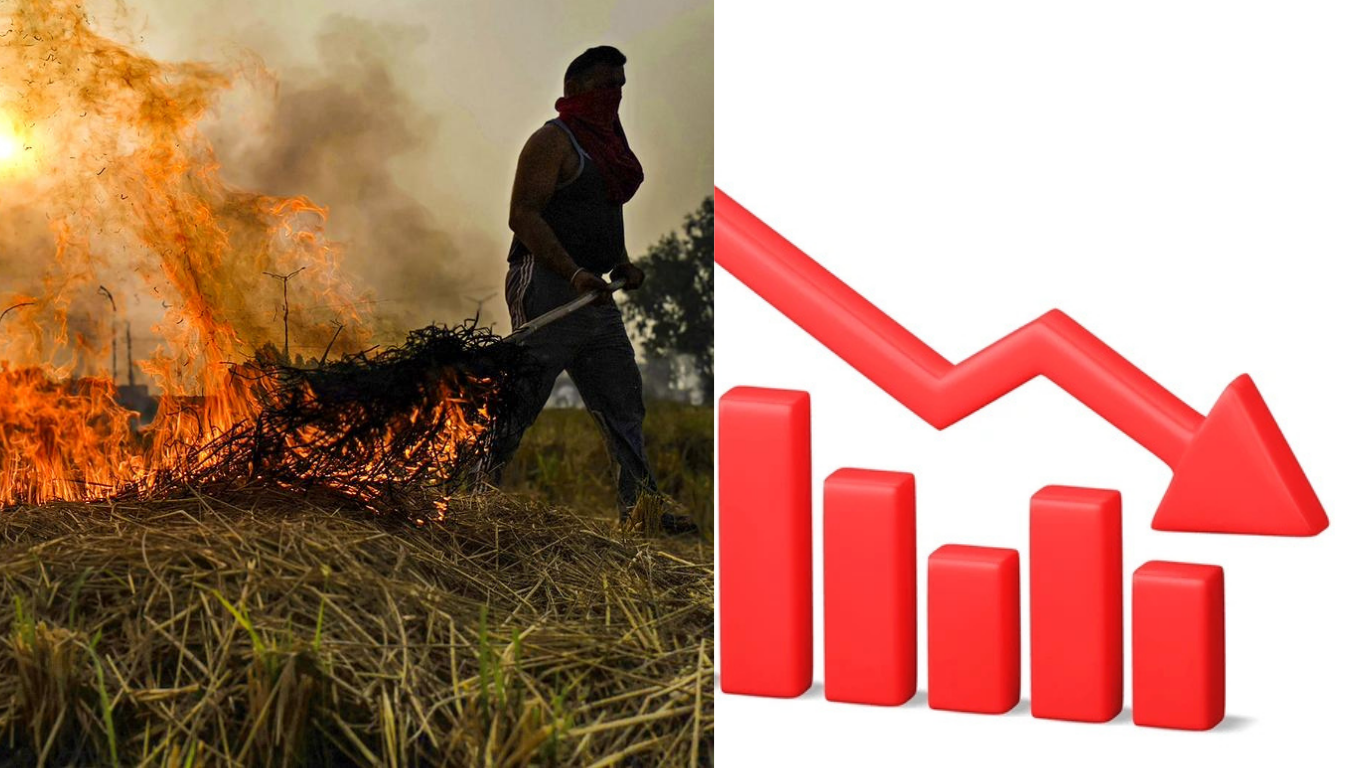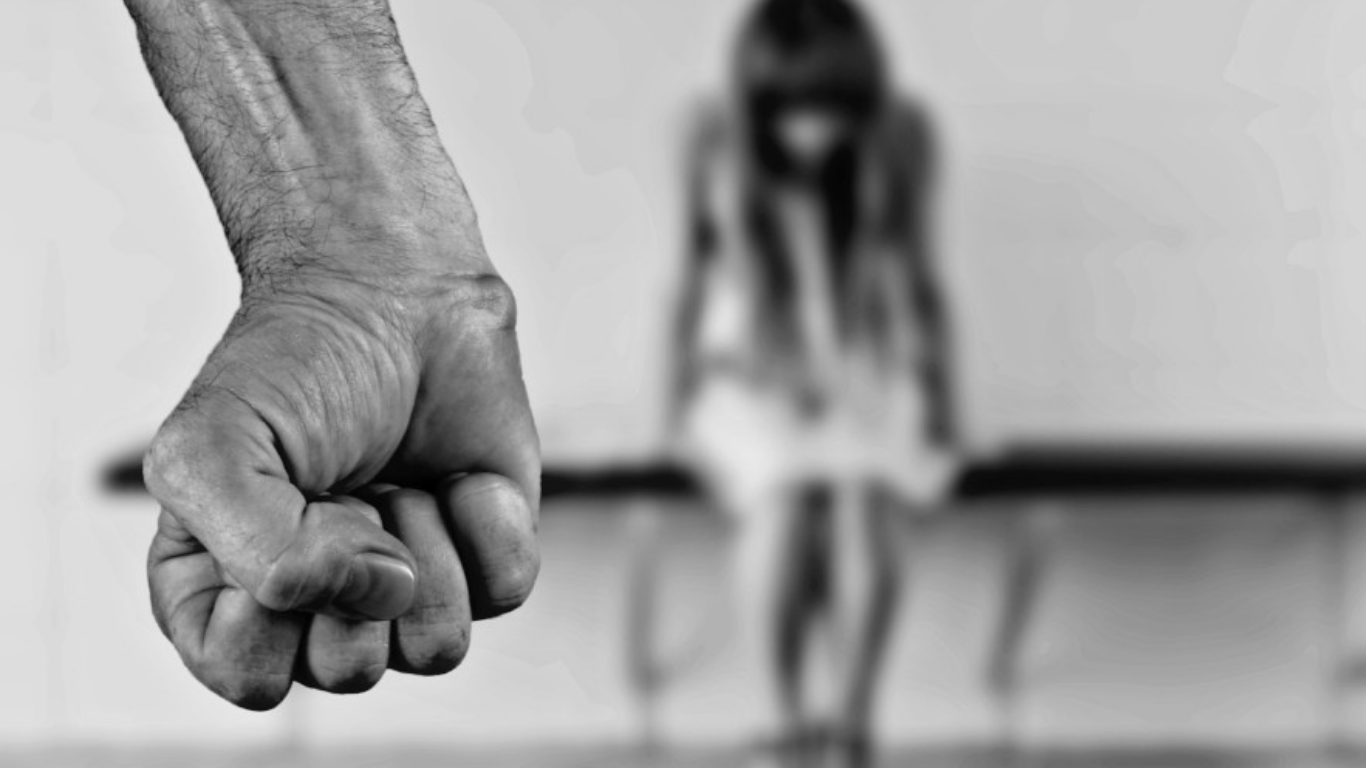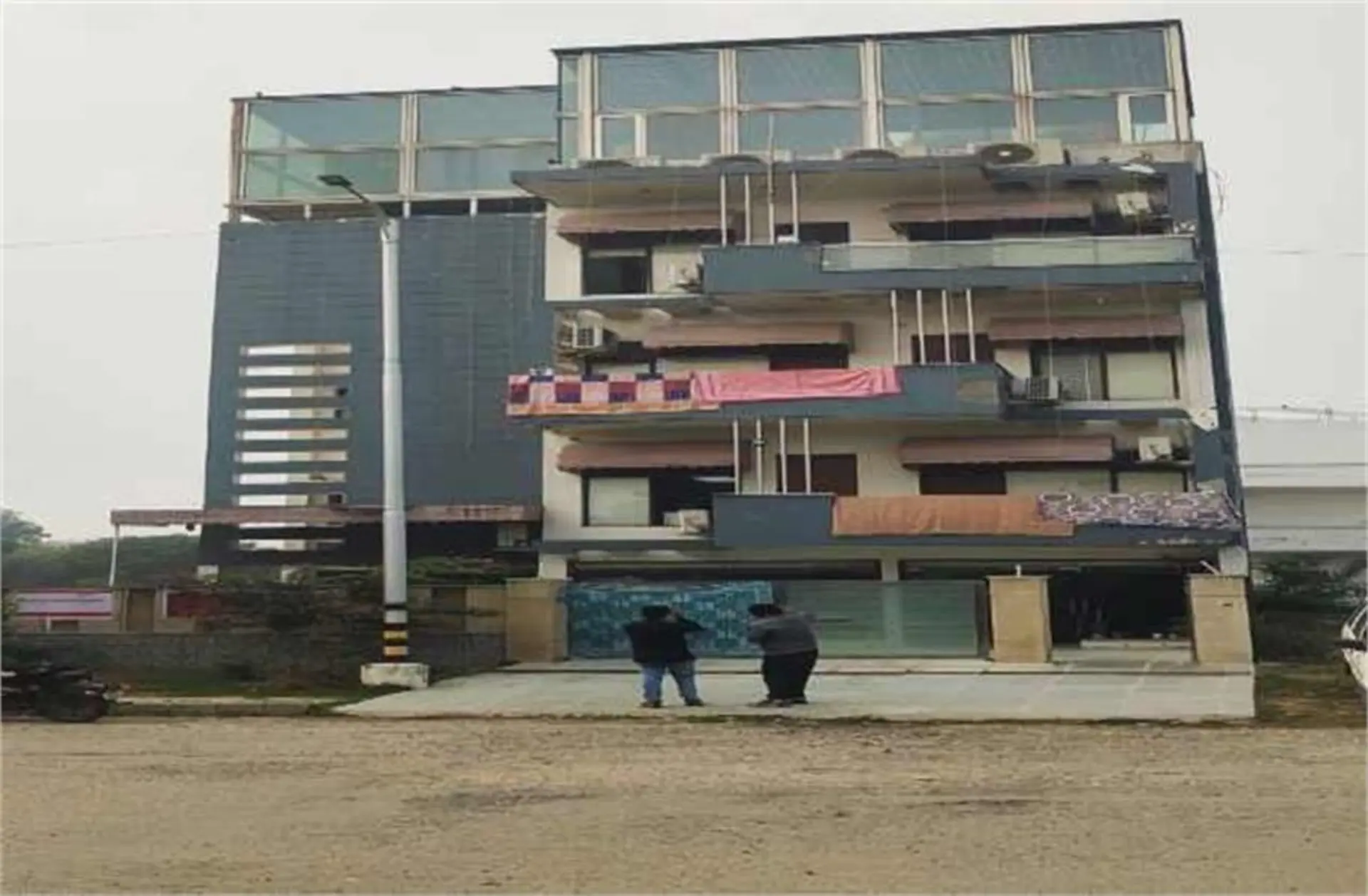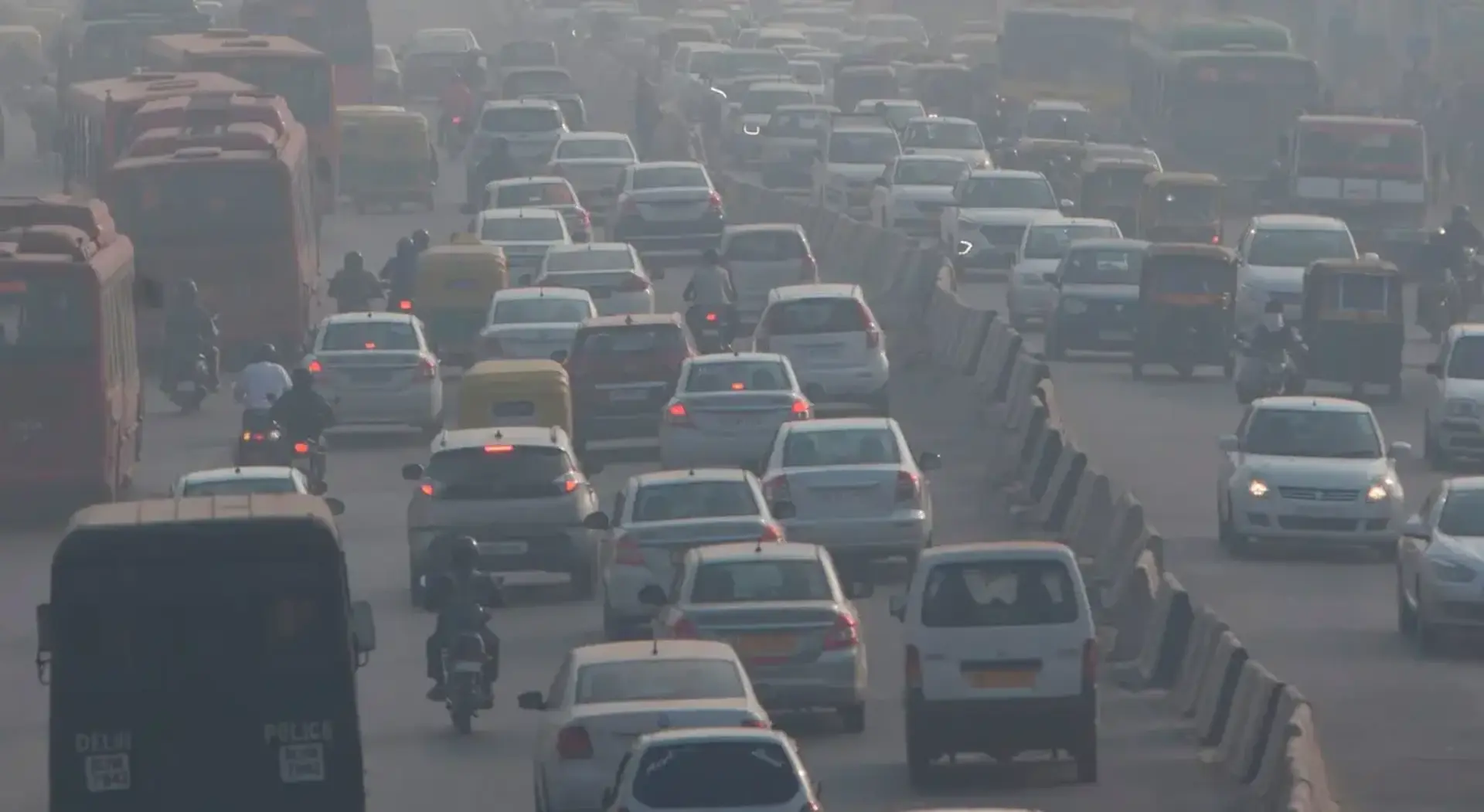
Artificial heating devices, while providing immediate comfort from cold, can pose significant health hazards. Medical experts highlight that these devices reduce oxygen levels in enclosed spaces, leading to breathlessness, headaches, fatigue, and dizziness. The unnatural heat particularly affects the skin, lungs, and heart.
The Threat of Carbon Monoxide
One of the most dangerous aspects is the risk of carbon monoxide poisoning from traditional heating methods like angithis (coal braziers). Dr. Saini warns that this odorless gas can be lethal in enclosed spaces as it interferes with hemoglobin's oxygen-carrying capacity, potentially leading to fatal consequences.
Safety Guidelines and Prevention
Experts recommend several safety measures:
- Maintain proper ventilation by keeping windows slightly open
- Place water containers in rooms with heaters to maintain humidity
- Control temperature settings on heating devices
- Prefer natural warming methods like warm clothing and blankets
- Never use coal-based heating devices in enclosed spaces
- Monitor exposure time to artificial heat sources
Winter comfort shouldn't come at the cost of health and safety. While artificial heating devices provide immediate relief from cold, their proper use is crucial for preventing health complications. As Dr. Saini emphasizes, "Natural methods of keeping warm, such as proper winter clothing, blankets, and regular physical activity, remain the safest options during winter months." The key is to find a balance between staying warm and maintaining a healthy indoor environment. By following expert guidelines and being aware of the potential risks, residents can safely navigate through Haryana's cold season while protecting their health and well-being.



